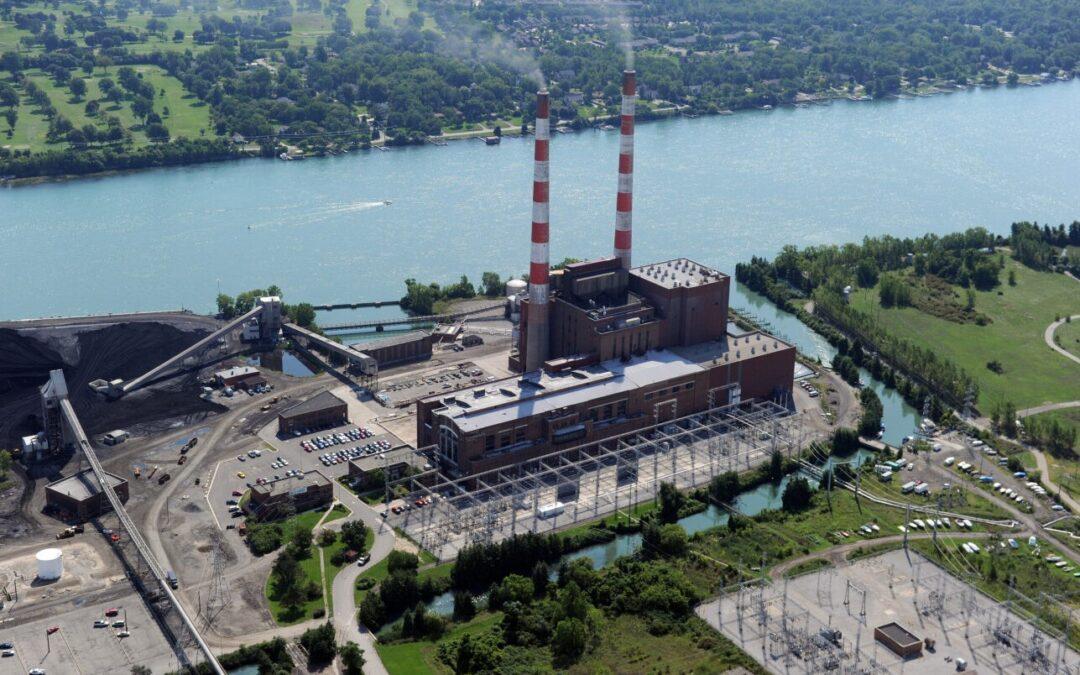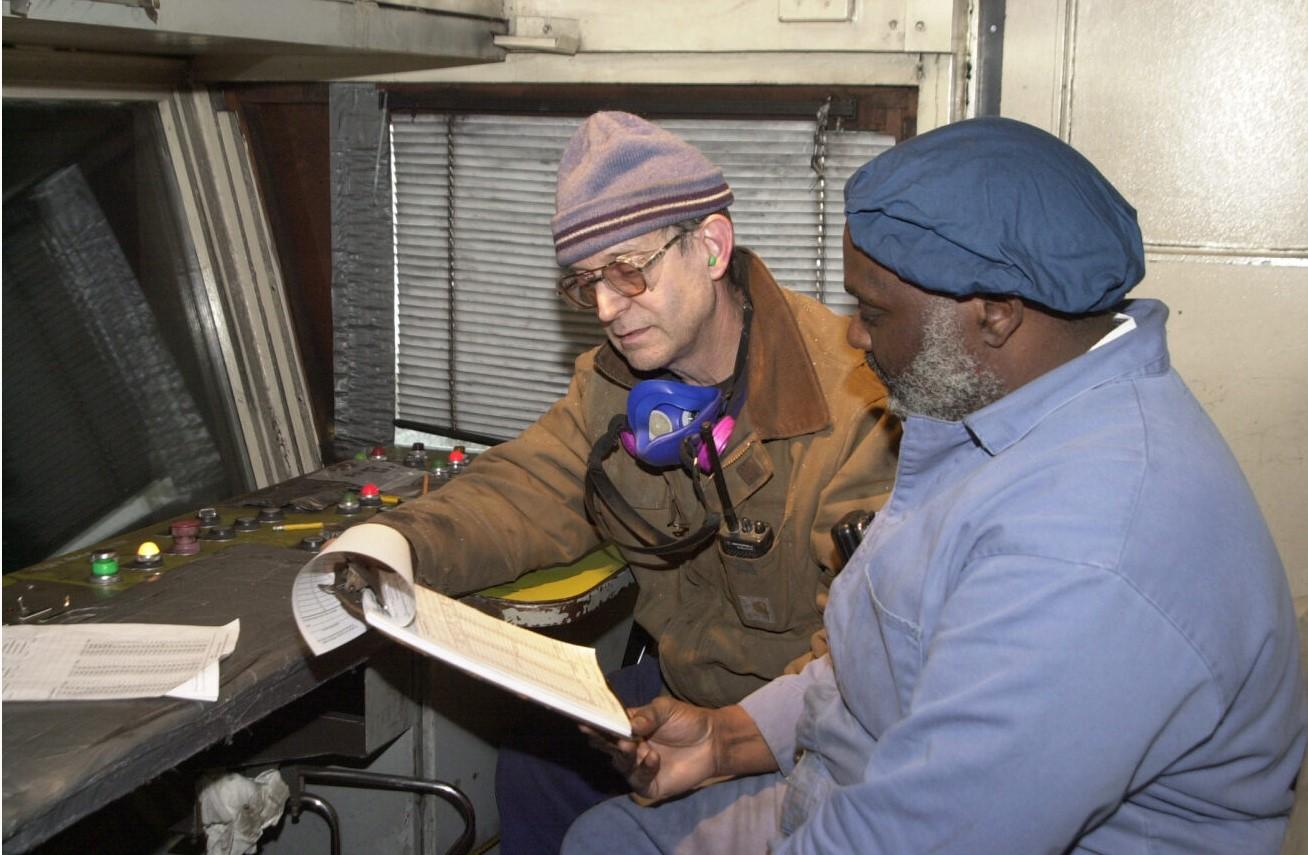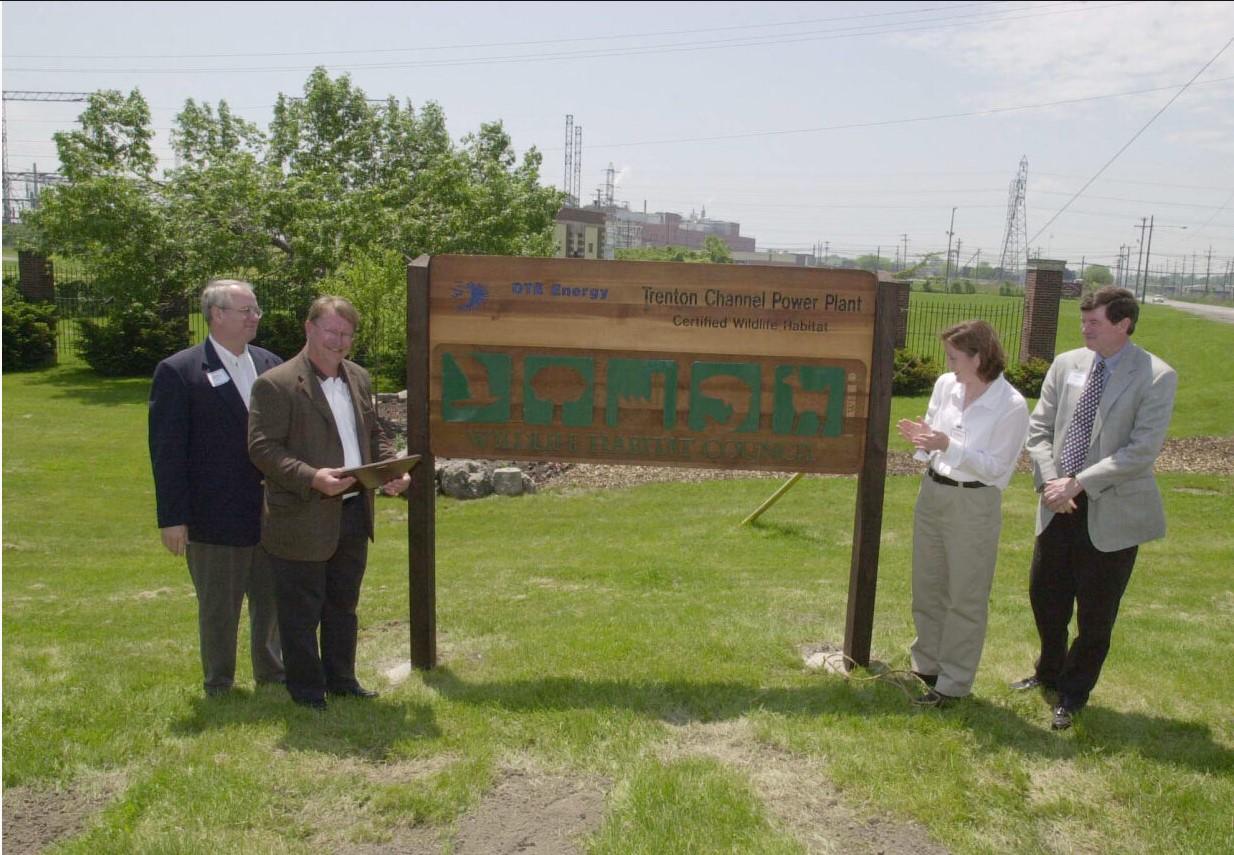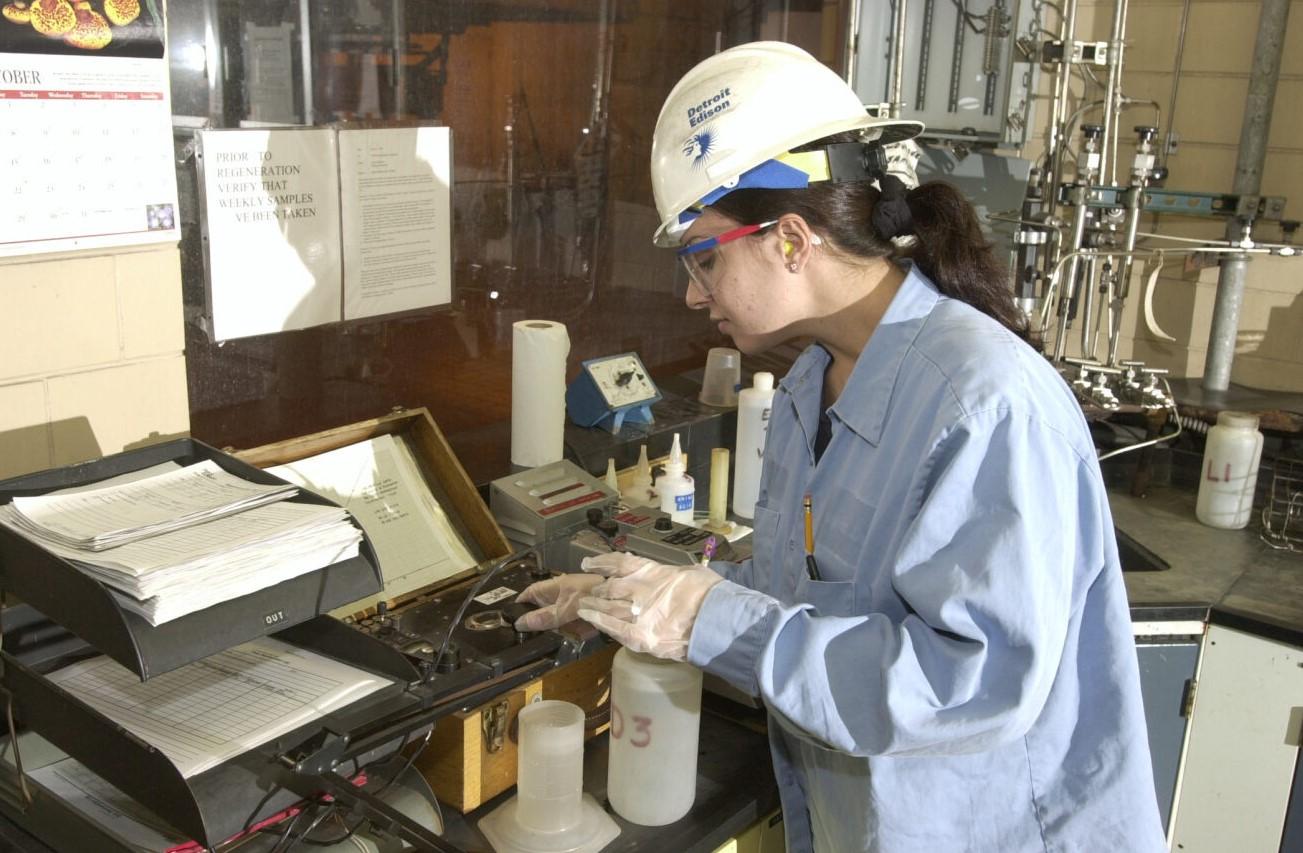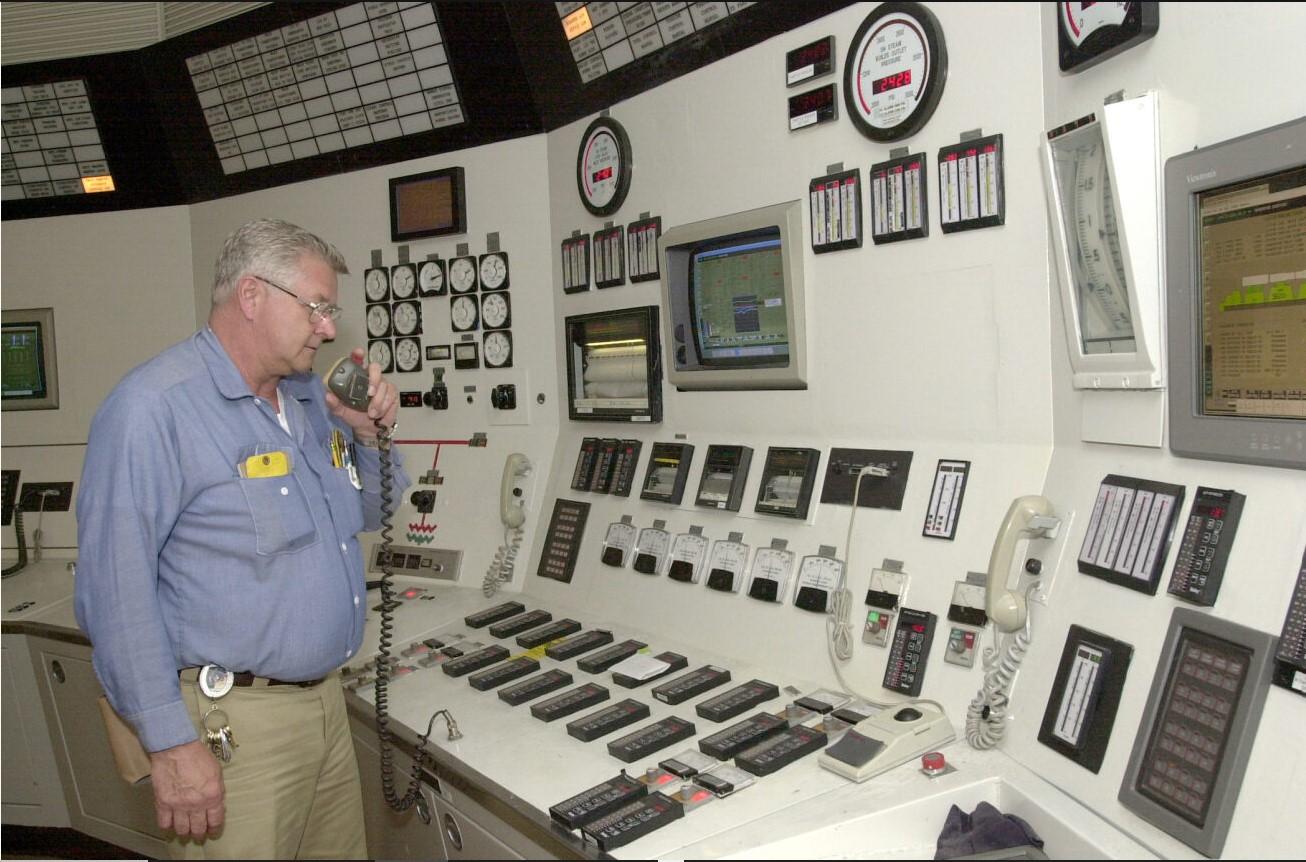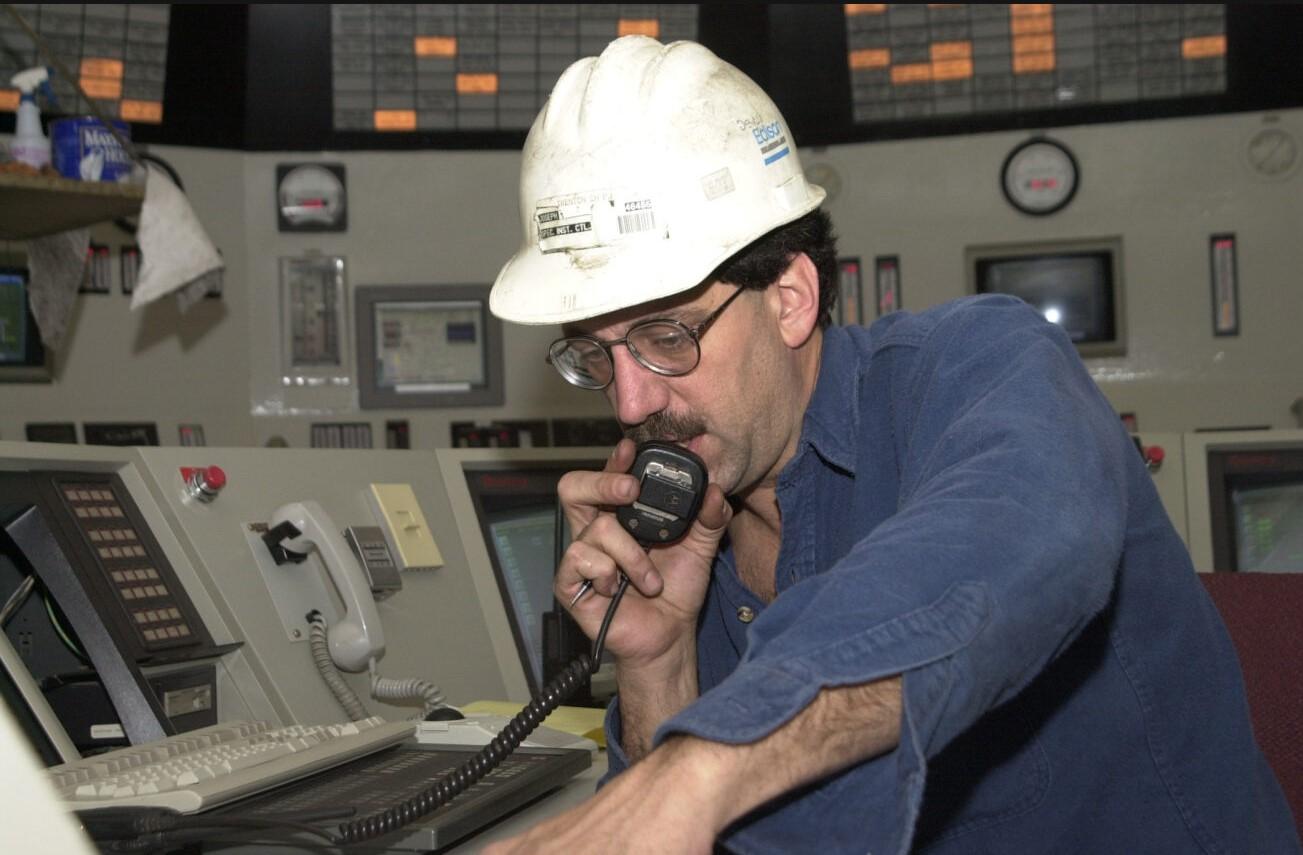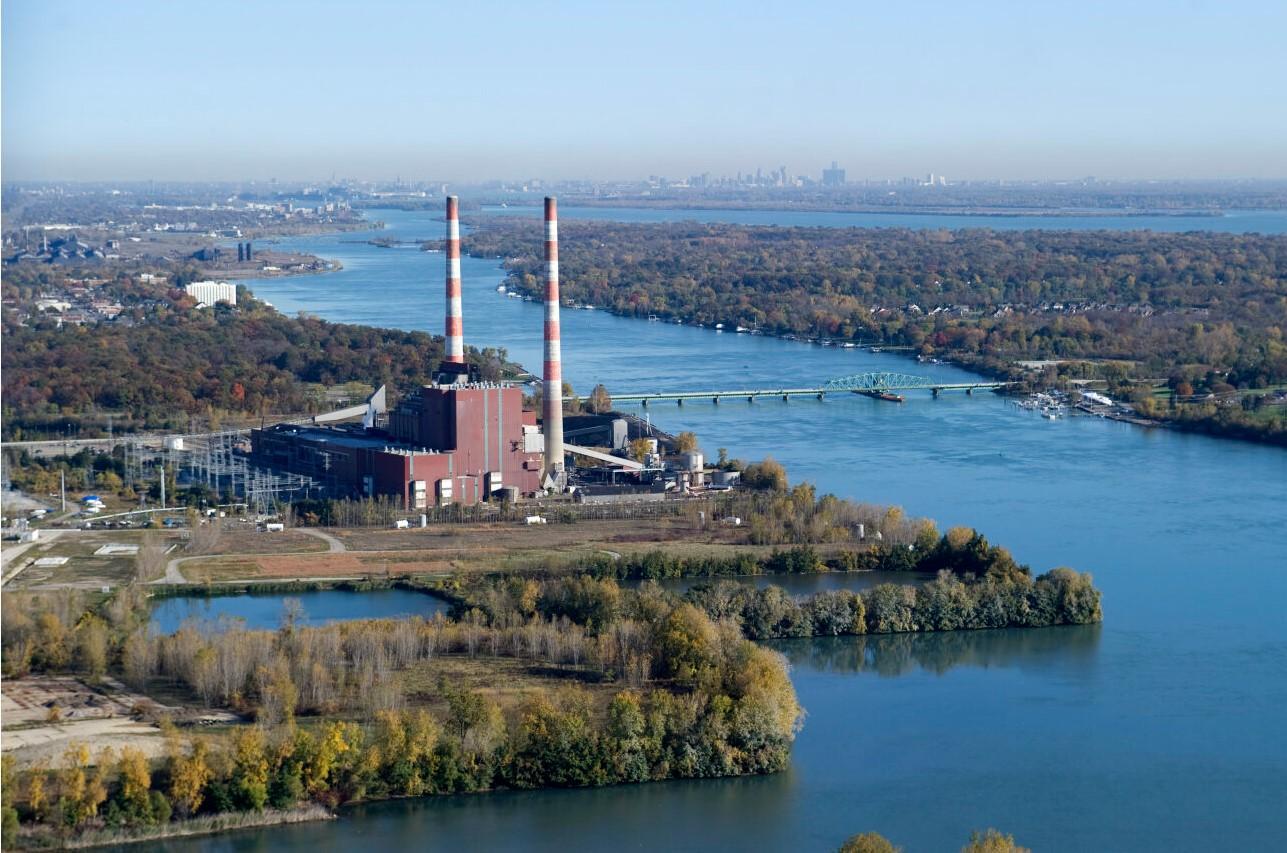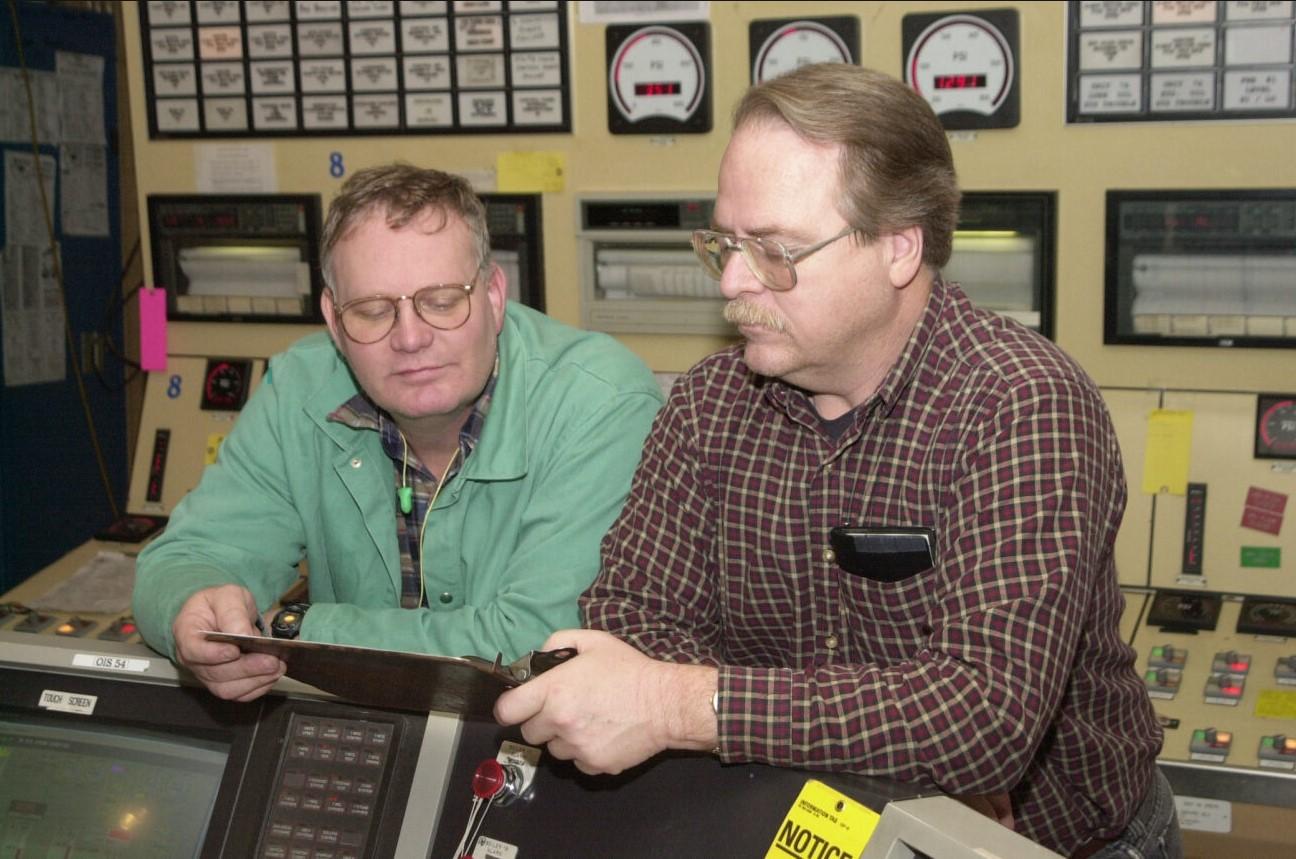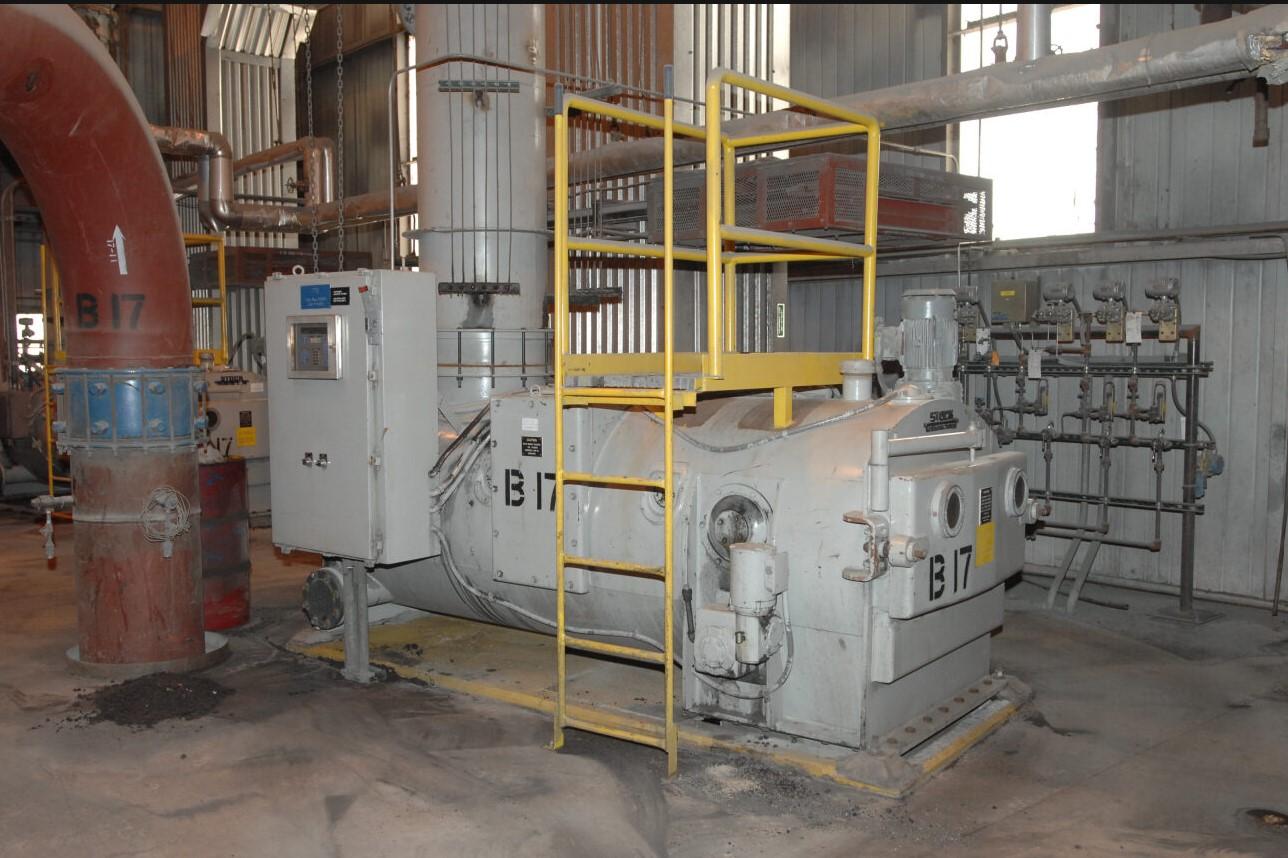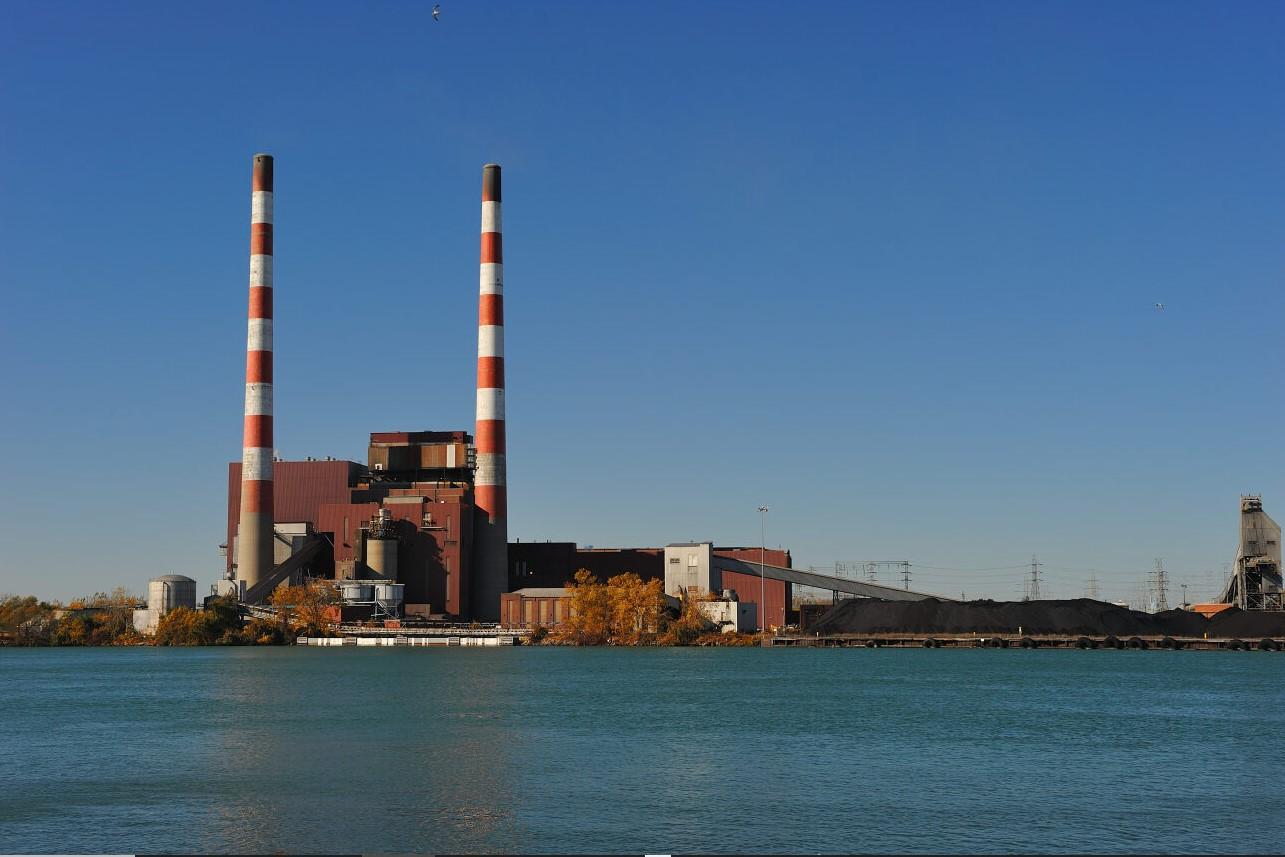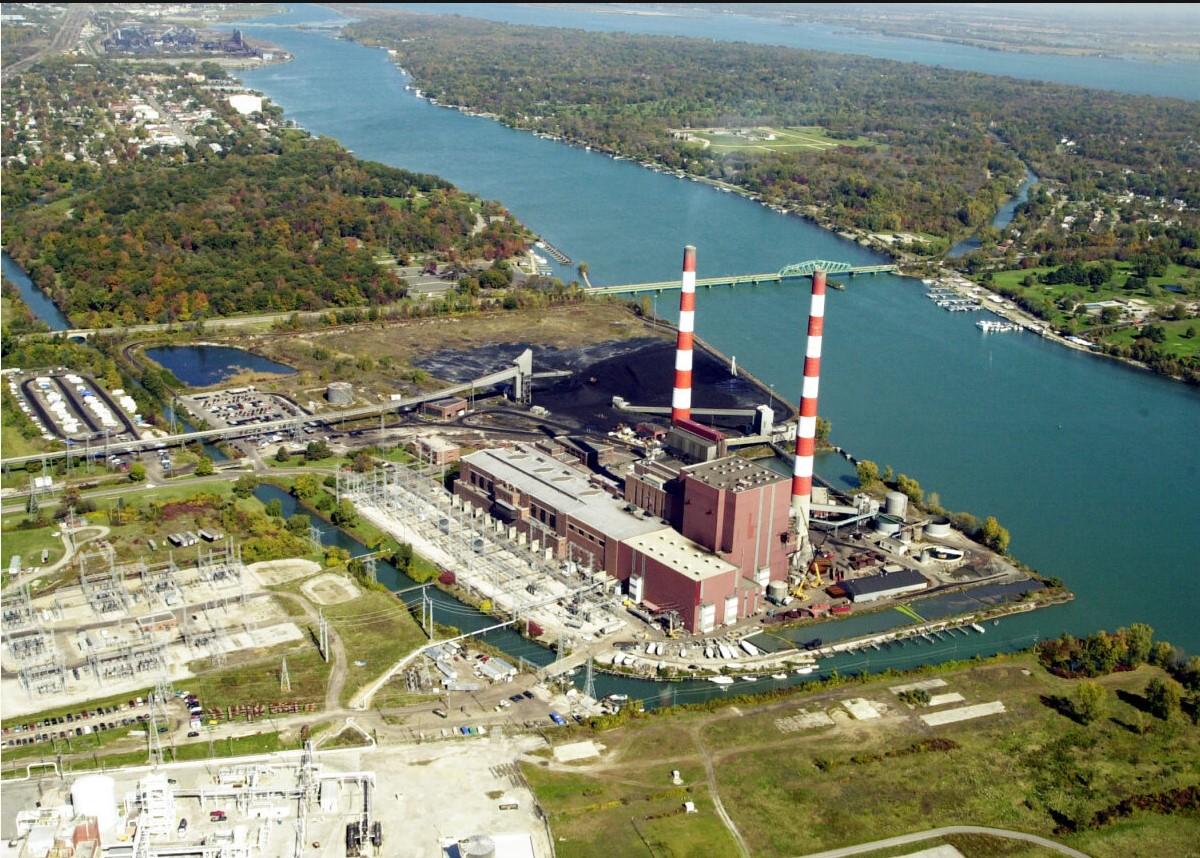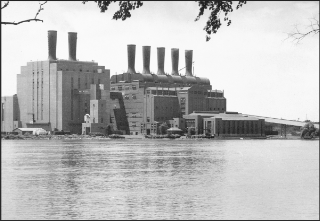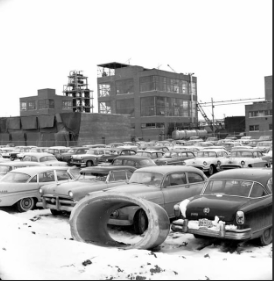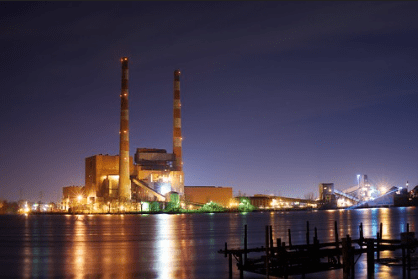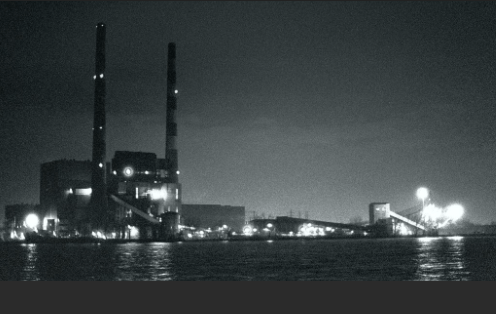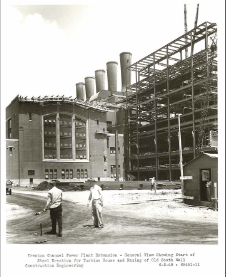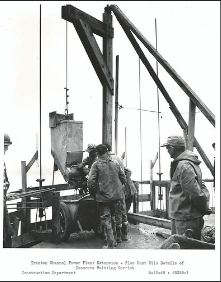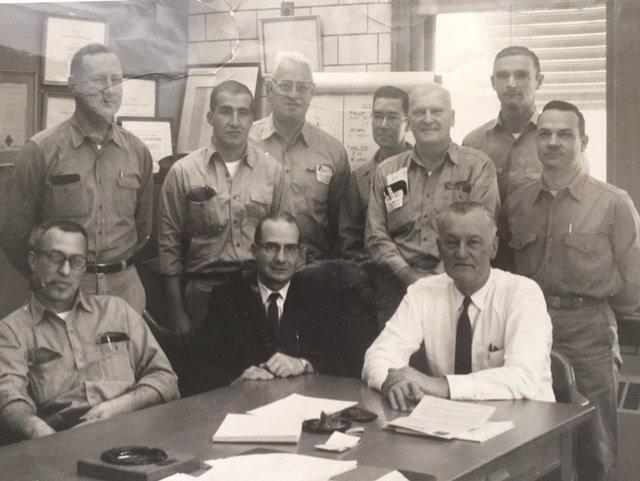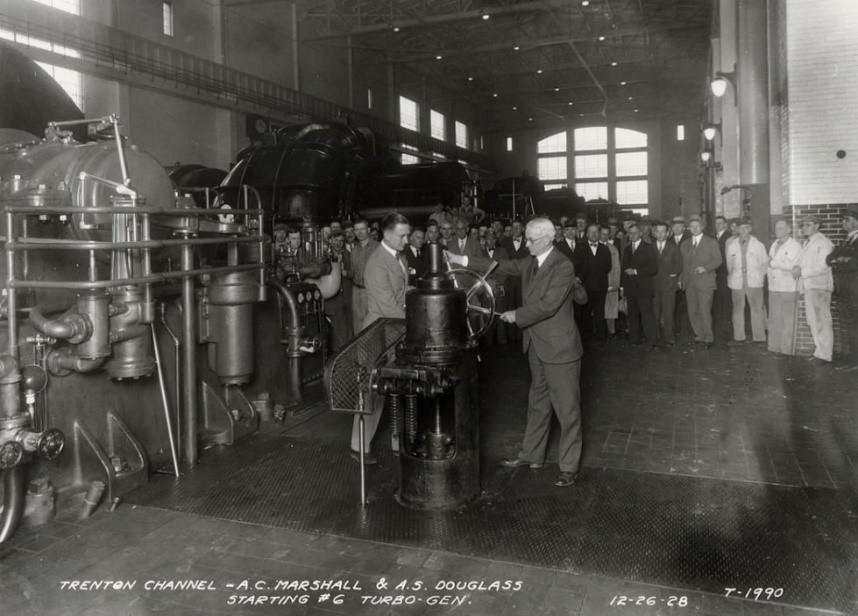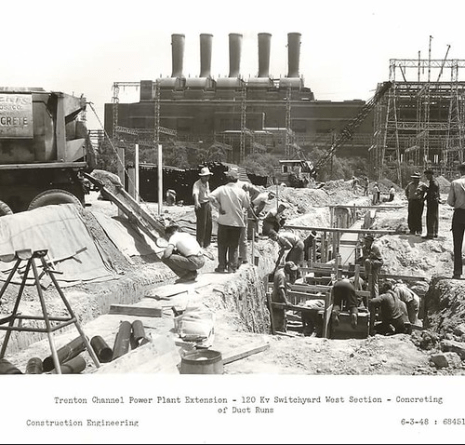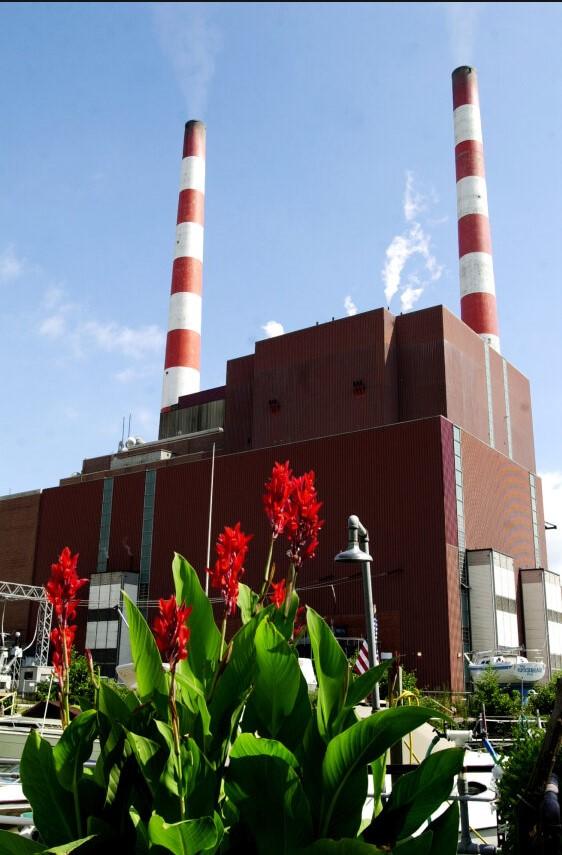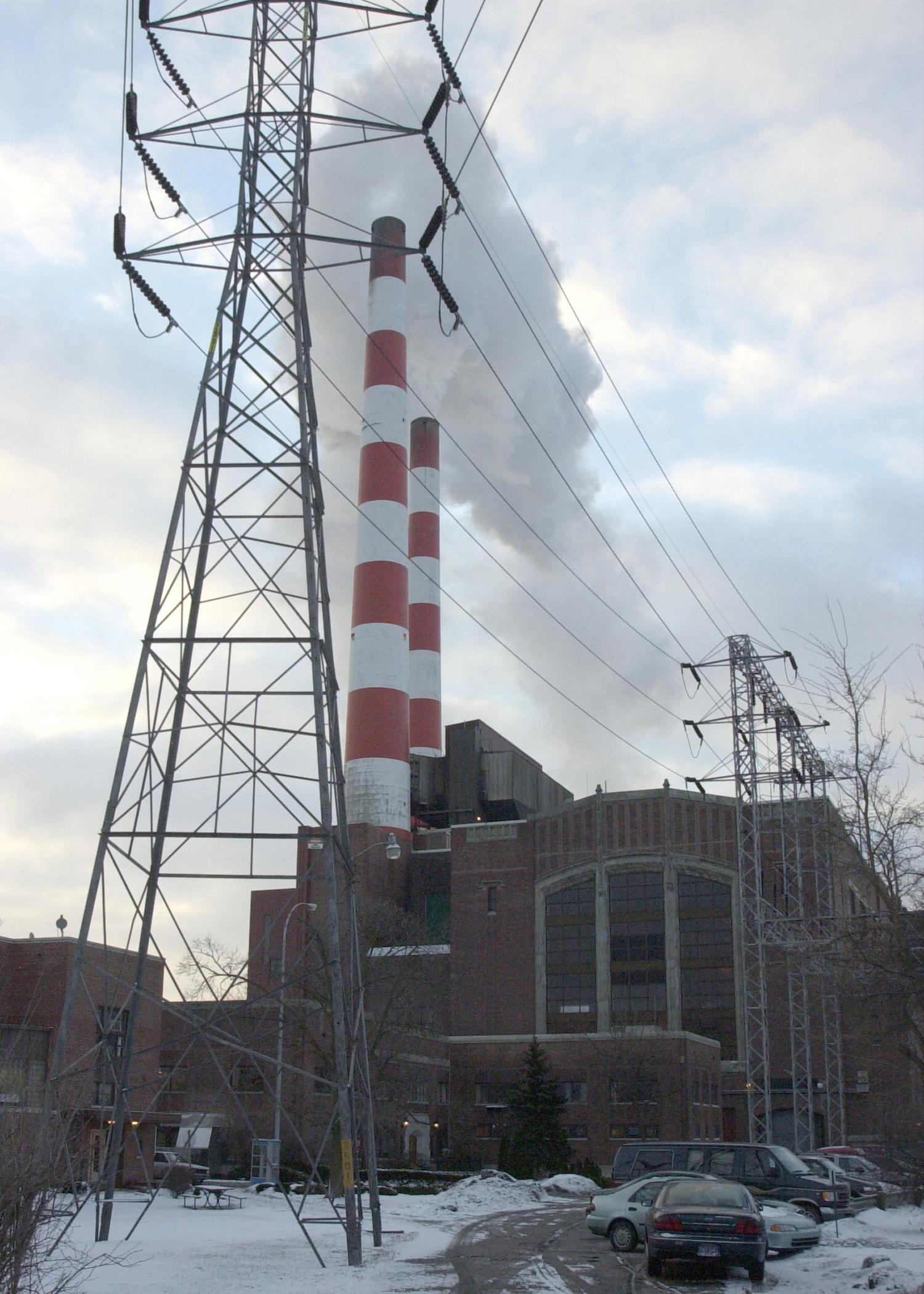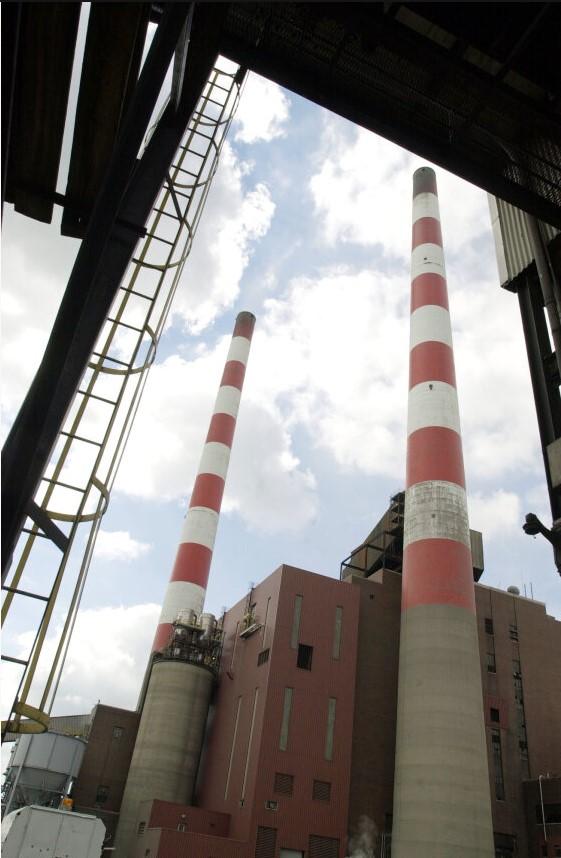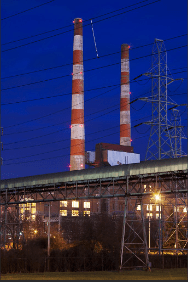Read about the new Trenton Channel Energy Center that will be located at the site of our former Trenton Channel Power Plant.
After serving the Downriver community for nearly 100 years, DTE successfully demolished the boiler house at its retired Trenton Channel Power Plant very early in the morning on Friday, June 21. Many people who live in the area, including several current and former DTE employees, came to watch this historic event from a viewing location on Grosse Ile.
The demolition lasted for less than one minute and went exactly as planned. Renee Tomina, senior vice president, Project Management Office, for DTE Energy, said, “This was a huge project for DTE, and the team executed it flawlessly.”
Here’s how we made your safety our No. 1 priority:
DTE took the following measures to ensure protections were in place to minimize environmental risks:
- Hazardous materials were properly disposed of according to state and federal regulations, and their removal was verified by a third-party, State of Michigan licensed inspector.
- Air and seismic monitoring was installed around the site and on Grosse Ile.
- All work was coordinated with local emergency response and regulatory agencies.
- Pressurized water misters were used to mitigate dust.
- Crews are now onsite removing debris from the property.
Here’s what’s coming next:
The new Trenton Channel Energy Center will support DTE’s transformational CleanVision Integrated Resource Plan and Michigan’s new statewide energy storage target, both of which align with DTE’s net zero carbon reduction goals. The facility will store electricity during times of excess generation and distribute the power to customers when they need it. This will reduce strain on the grid, decrease the need to start and stop generation as demand fluctuates, and augment DTE’s growing fleet of renewable generation – all of which benefit DTE customers. The center will have the capacity to store 220 megawatts (or 880 megawatt hours) of electricity, enough to power nearly 40,000 homes. It also represents a major step toward DTE’s goal to more than double its total energy storage capacity by 2042 and brings the State of Michigan significantly closer to its own goals for clean energy, as outlined in Gov. Gretchen Whitmer’s MI Healthy Climate plan.
Please direct any additional questions to Trenton@dteenergy.com. A member of our team will respond within two business days.
A short history of the Trenton Channel Power Plant:
The Trenton Channel Power Plant began operating in 1924. The plant had six turbine generators with 13 coal-fired boilers. The sixth and last turbine generator arrived by 1929. At that time, Trenton Channel was the largest project Detroit Edison had undertaken, and the first plant to use pulverized coal as fuel rather than the older style stoker-fired beds of coal. The use of pulverized fuel paved the way for combustion efficiency improvements and new coal preparation technologies. To limit the amount of ash particulate emissions, Trenton Channel was the first electric power plant in the world to use electrostatic precipitators. Since that time no power plants have been built without using that emission control technology.
In 1950, a second plant started up at Trenton Channel and adjoined the first plant. It had two turbine generators fed by four boilers. The boilers ran at higher steam conditions than the first plant. Therefore, the first plant became known as the “low side,” while the newer plant was known as the “high side.” Two short smokestacks released gases from the four boilers.
In 1968, Unit 9 was placed into service. It was a turbine generator fed by a single boiler and adjoined the high-side plant. One 563-foot-tall stack was used for this unit. Soon afterward, another stack, identical to the Unit 9 stack, was erected to replace the two short stacks on the high-side plant.
By the mid-1970s, the low-side plant was decommissioned, and the boiler house was eventually demolished.
The high-pressure side has the distinction of being the last major plant facility completely designed and constructed by Detroit Edison manpower. DTE retired the Trenton Channel Power Plant in 2022.
